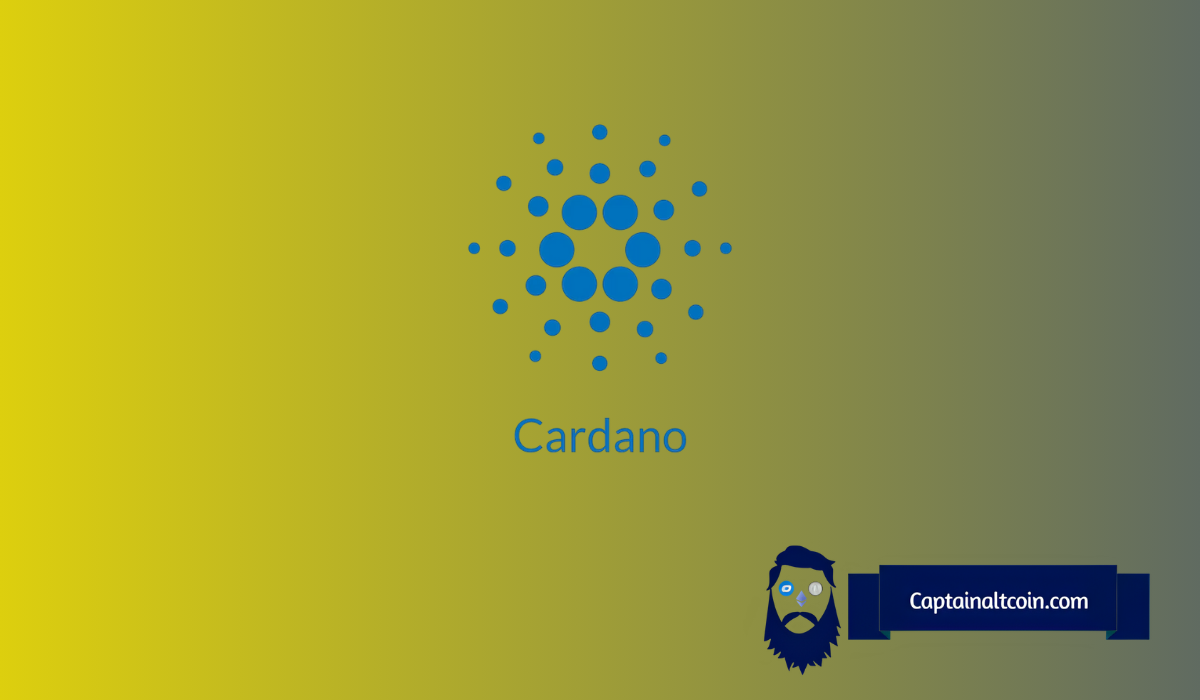How Cardano Went From ‘Ethereum Killer’ to Crypto Ghost Town


Alex Mason dropped a brutally honest thread on X today – and it’s going viral for a reason. In a time when nearly every altcoin is either pumping or reinventing itself, Cardano (ADA) still feels stuck in the past. The thread breaks down exactly how a project that raised $60 million with big dreams ended up being one of crypto’s most underwhelming stories.
Let’s rewind to the beginning. Cardano launched in 2017 with one of the flashiest pitches in crypto history – a “peer-reviewed,” academically built blockchain led by Charles Hoskinson, one of Ethereum’s co-founders. The project sold itself as more rigorous and scientifically sound than anything else out there. But from day one, the pace of execution was slow.
How slow? Smart contracts didn’t go live until 2021. That’s four years after Ethereum had already become the go-to platform for DeFi and NFTs. By the time Cardano rolled out its smart contract platform, newer chains like Solana and Avalanche were already miles ahead in ecosystem growth.
The problem? Cardano chose to use a custom smart contract language called Plutus, based on Haskell – a niche programming language very few developers were interested in. The result? Developers left, or never came at all. Cardano ended up with a $30 billion valuation and almost nothing built on top of it.
Let’s look at the numbers. In mid-2025, Cardano has just $250 million in total value locked (TVL). For comparison, Ethereum is above $60 billion. Daily active users? Around 1,000. NFT volume? Basically dead. At one point, there was some hype around collections like Clay Nation and SpaceBudz, but it never translated into real momentum. No major marketplaces emerged, and creators have moved on.
Cardano is dead.
Raised $60M. Promised to kill Ethereum.
8 years later: no dApps. No users. No traction.
Still somehow worth $25B.Here’s how the “Ethereum killer” killed itself 👇🧵 pic.twitter.com/qVypGY7l81
— Alex Mason 👁△ (@AlexMasonCrypto) June 29, 2025
Then there’s Charles Hoskinson. His public image has always been polarizing. He’s gotten into arguments online, blocked critics, and made lofty promises that haven’t played out. Even his academic background – once a key part of Cardano’s image – has come under scrutiny. Turns out, he may not have even enrolled in the PhD program he claimed to have dropped out from.
Cardano also loved making headlines with big partnerships. Ethiopia’s Ministry of Education, New Balance shoe authentication, credentialing programs in Mongolia. But after the announcements… nothing. No real updates. No follow-through.
Price-wise, things haven’t been much better. The ADA price hit $3.10 during the 2021 bull run. Today, it’s hovering around $0.50 – down more than 85%. Even as Bitcoin reached new all-time highs in 2025, ADA barely moved. It just sat there while meme coins, Layer 2s, and even old altcoins made major comebacks.
Instead of building an active DeFi or NFT ecosystem, the team focused on TPS and theoretical scaling. The “Hydra” update was supposed to scale Cardano to a million transactions per second. That promise has been floating around since 2020. So far, it’s only been used in a basic game demo.
In the end, even Hoskinson’s latest big idea – selling ADA to buy Bitcoin, then buying ADA again – feels more like a meme than an actual strategy. After eight years and dozens of academic papers, Cardano is still waiting for its breakout moment.
But here’s the real takeaway: Cardano is a reminder that whitepapers don’t equal adoption. Peer-reviewed ideas won’t build a community. TPS won’t bring users. Execution, real-world usage, and actual builders are what matter.
And Cardano, for all its ambition, has fallen short on all three.
Read also: Is XRP the Next Big Breakout of 2025? Here’s What the Chart Says
Subscribe to our YouTube channel for daily crypto updates, market insights, and expert analysis.


